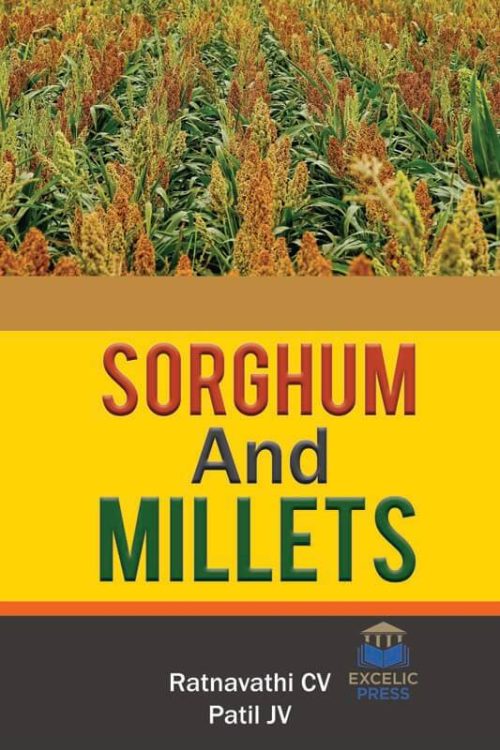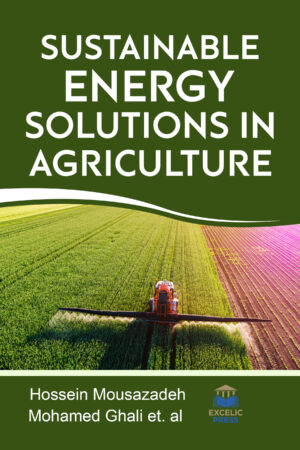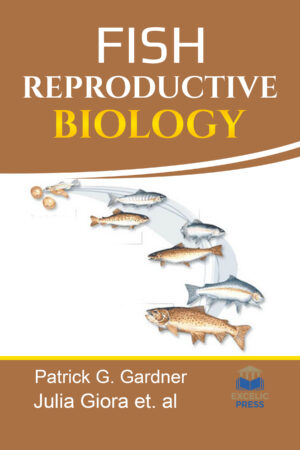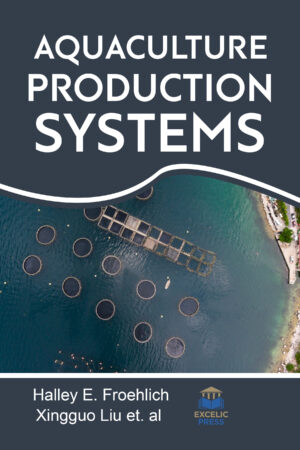Description
Coarse grains are known to be rich sources of nutrients and the food processing of these grains have been developed over countries in a manner to make the final product attractive while maximizing nutritional value. Climate change is tied to many undesirable aspects that have an effect on agricultural production down the line. The changes that can be felt in agricultural production are a decline in yield, an increase in crop failures, change in geographic growth regions of some plant species, the occurrence of invasive species, thermophilic diseases and pests, etc. Drought has also emerged as serious and urgent problems due to its impact on agricultural production. Foxtail millet and sorghum play a significant role in food security for developing countries in Asia and Africa and also play a growing role in processing and new alternative products for the developed world. They are especially valuable in semiarid regions due to their short growing season and better production, in conditions where traditional cereal crops fail. Millets are adapted to relatively less fertile soils with adverse conditions like intense heat and low precipitation.
This book covers comprehensive and wide-ranging coverage of production and importance, agronomic principles, chemistry, as well as the nutritional properties of sorghum and millets. Although it is renowned for its nutritional values, sorghum is quickly being replaced by cereals like rice and wheat which are increasingly available due to public distribution systems and convenient cooking and processing methods. Various foods from the Indian and African sub-continents are also described in this book. The goal of this book is to explore the use of sorghum as food, at a global level. Millet and sorghum are high energy, nutritionally equivalent or superior to other cereals, and do not contain gluten-forming proteins.
These crops are classified as C4 species due to their ability to manage water more efficiently through photosynthesis. Therefore, they can provide good yields even when water availability is low. This book talks about the grain quality of foxtail millet and the quality of biomass in the case of sorghum. The benefits of their cultivation and all the scientific knowledge we have about them is also summarized here. Frozen paste of amylopectinosis sorghum starch rapidly and completely dissolves during thawing, almost no phenomenon of syneresis. Industries use this property in freezing food products. Amylopectinosis sorghum starch is also used widely in the textile industry; the good dressing should be easy to remove from the finished fabric. The amylopectinosis sorghum starch paste creates a film with high solubility while staying a high capacity dressing. This marked improvement in the quality of the fabric and reducing the number of strand breaks. The book further discloses the innovative technologies of grain sorghum processing. This book will serve as an essential book for scientists, agronomists, biotechnologists, students and researchers.





